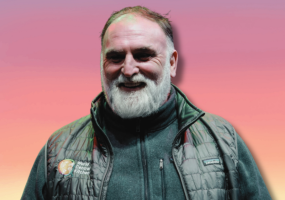Scientists have created new divisions of the diaphragm that can possibly become an alternative for impaired or missing ones in babies. They used stem cells from rats for this procedure as discussed in Time's report.
Dr. Paolo Macchiarini and his team led this breakthrough in the field of regenerative medicine. Macchiarini is a regenerative medicine professor at Karolinska Institute. This success is a very relevant one as he and his team has succeeded in reproducing a very complex organ made from stem cells. Their new study and the results are featured in Biomaterials.
Last 2008, Macchiarini used a woman's stem cells to regenerate a trachea in his lab then transplanted it to replace her damaged one. This time, his success is associated with the regeneration of the diaphragm using rat stem cells. This is an even more complicated organ because it only contracts when there are signals that correspond for breathing. Macchiarini is already on his way to apply the same procedure to human cells.
He used the same method to create the trachea. Stem cells were taken from the bone marrow, then planted these on a "polymer matrix of proteins that he transplanted into a part of the rats' diaphragm," based on the report from Time.
"All of the evaluations showed that the [two] were totally identical," Macchiarini explained. To their astonishment, the stem cell regenerated organ contracted just like a muscle.
Despite of the success of the experiment, the scientist confirmed that this method is not yet ready. He admitted that he is not certain why the cells perform as they should and how the cells were able to maintain being in sync while they contract.
He and his team are eager to polish the technique by selecting the stem cells for diaphragm muscles. If this will be a success, surgeries can benefit much from this. There will be significant changes in the current procedures to fix or replace diaphragm muscles especially in babies.
Since this new discovery, Macchiarini remains on the positive side. He hopes to generate other muscles like the heart. In such cases, the disease weakens the heart tissue. In order to circumvent this, the regenerated muscle can strengthen the organ instead.
The scientist however, wants to proceed with caution. He wants to complete the studies for rats first and then proceed to non-human primates before making a move on how the procedures can be done to people.









